Background: An accurate implant impression is necessary to generate an accurate cast, which is the milestone for the fabrication of a precisely fitting prosthesis. Several clinical and laboratory variables can affect the accuracy of an implant cast, with one of the most significant being the impression procedure. Although various implant impression techniques have been used to generate a definitive cast, the body of evidence shows controversy over which technique is most accurate.
Furthermore, a previous review on accuracy did not account for partially vs. completely edentulous patients, but reported on them collectively.
Key point
The splinted technique was more accurate than nonsplinted for both partially and completely edentulous patients, while the open-tray technique was more accurate than closed-tray for completely edentulous patients, but not significantly more accurate for partially edentulous patients. Impression materials did not affect the accuracy of implant impressions. Implant angulation greater than 20 degrees affected accuracy of impressions for both partially and completely edentulous patients. The dental literature provides insufficient data for the effect of implant connection type on accuracy and on digital impression techniques.
Author
Dr. Panos Papaspyridakos, Division of Postgraduate Prosthodontics, Tufts University School of Dental Medicine, and colleagues
Purpose
Seeking to evaluate the accuracy outcomes of digital and conventional impression techniques for partially and completely edentulous patients separately, researchers conducted a systemic review. They also sought to assess the effect of different variables – materials, angulation and connection type – on the accuracy of implant impressions.
Materials and methods
A systemic review of the evidence was performed by searching publications indexed in the MEDLINE/PubMed, EMBASE and CENTRAL databases from Jan. 1, 1980 to Sept. 1, 2013, and supplemented with a hand search of the literature. Information extracted and assessed from the articles included: study design, edentulous jaw, implant number, impression technique, connection type, abutment angulations, accuracy method implant brand, splint method, splint material, impression material and the results of impression accuracy.
Results
Of the 88 articles selected for full-text reading, 76 studies were ultimately selected for inclusion in the research – four clinical and 72 in vitro. Studies were grouped according to edentulism status. A total of 41 studies were investigations of impressions for completely edentulous patients. For partially edentulous patients, 35 studies were found. Of the research on completely edentulous patients, most in vitro studies and three clinical studies demonstrated better accuracy with the splinted (15) vs. the nonsplinted technique (1), and nine showed no difference. One clinical study and half of the in vitro studies reported better accuracy with the open-tray (10) vs. the closed-tray technique (1), and 10 showed no difference. For partially edentulous patients, one clinical study and most in vitro studies showed better accuracy with the splinted (8) vs. the nonsplinted technique (2), and three studies showed no difference. The majority of in vitro studies showed better accuracy with the open-tray (10) vs. the closed-tray technique (1) and seven studies showed no difference. The only clinical study reported no difference.
This study was published in the July/August issue of The International Journal of Oral and Maxillofacial Implants (JOMI), the official journal of the Academy of Osseointegration (AO). For a complete copy of the study and the JOMI July/August “Table of Contents,” visit www.osseo.org/NEWIJOMI.html. To join AO and begin receiving JOMI (bi-monthly) or obtain online access to JOMI, visit www.osseo.org/NEWIJOMI.html.
(Source: Academy of Osseointegration)
The Atlantic Beach Continuum for Dental Education — Peninsula Dental Society announced that Dr. Miguel Ortiz of Harvard University will speak on April 3. ...
Background: Current implant protocols require not only osseointegration but also high levels of soft-tissue stability and esthetics. Crestal bone changes ...
Richardson, Texas, USA: A recent study by faculty and students at the Medical University of South Carolina College of Dental Medicine found clinically ...
INDIANAPOLIS, US: Although prosthodontic treatment is the primary means of helping either completely or partially edentulous patients, nutritional ...
NEW YORK, US: Oral diseases and depression are both projected to rise in prevalence over the coming decades, and recent findings suggest the two may be ...
The ability to take a good impression is nothing short of amazing when considering the environment we work in: upside down, under water and in the dark. The...
MINNEAPOLIS, US: Since the election of Donald Trump as US president in 2024, the question of water fluoridation in the country has become increasingly ...
NEW YORK, N.Y., USA: Having “ugly” teeth may be a significant cause of bullying, according to a new study just published in the American Journal...
A new case series has documented the testing and use of 3D-printed shell complete dentures as a diagnostic tool in implant planning and provisional ...
NEW YORK, N.Y., USA: Two surgeries are frequently required for tooth replacement with dental implants; however, clinicians must allow for adequate healing ...
Live webinar
Mon. 12 January 2026
9:00 AM EST (New York)
Prof. Judith Jones D.D.S; M.P.H., Prof. Kakuhiro Fukai D.D.S., Ph.D, Dr. Bathsheba (Bethy) Turton
Live webinar
Wed. 14 January 2026
12:00 PM EST (New York)
Dr. Théo Laplane, Dr. Robert Gottlander DDS
Live webinar
Fri. 16 January 2026
12:00 PM EST (New York)
Live webinar
Mon. 19 January 2026
1:00 PM EST (New York)
Philipp Kopp, Michael Seeber
Live webinar
Thu. 22 January 2026
2:00 PM EST (New York)
Dr. Nicola M. Grande DDS, PhD
Live webinar
Wed. 28 January 2026
8:00 AM EST (New York)
Live webinar
Wed. 28 January 2026
11:00 AM EST (New York)
Prof. Dr. Jan-Frederik Güth



 Austria / Österreich
Austria / Österreich
 Bosnia and Herzegovina / Босна и Херцеговина
Bosnia and Herzegovina / Босна и Херцеговина
 Bulgaria / България
Bulgaria / България
 Croatia / Hrvatska
Croatia / Hrvatska
 Czech Republic & Slovakia / Česká republika & Slovensko
Czech Republic & Slovakia / Česká republika & Slovensko
 France / France
France / France
 Germany / Deutschland
Germany / Deutschland
 Greece / ΕΛΛΑΔΑ
Greece / ΕΛΛΑΔΑ
 Hungary / Hungary
Hungary / Hungary
 Italy / Italia
Italy / Italia
 Netherlands / Nederland
Netherlands / Nederland
 Nordic / Nordic
Nordic / Nordic
 Poland / Polska
Poland / Polska
 Portugal / Portugal
Portugal / Portugal
 Romania & Moldova / România & Moldova
Romania & Moldova / România & Moldova
 Slovenia / Slovenija
Slovenia / Slovenija
 Serbia & Montenegro / Србија и Црна Гора
Serbia & Montenegro / Србија и Црна Гора
 Spain / España
Spain / España
 Switzerland / Schweiz
Switzerland / Schweiz
 Turkey / Türkiye
Turkey / Türkiye
 UK & Ireland / UK & Ireland
UK & Ireland / UK & Ireland
 International / International
International / International
 Brazil / Brasil
Brazil / Brasil
 Canada / Canada
Canada / Canada
 Latin America / Latinoamérica
Latin America / Latinoamérica
 China / 中国
China / 中国
 India / भारत गणराज्य
India / भारत गणराज्य
 Pakistan / Pākistān
Pakistan / Pākistān
 Vietnam / Việt Nam
Vietnam / Việt Nam
 ASEAN / ASEAN
ASEAN / ASEAN
 Israel / מְדִינַת יִשְׂרָאֵל
Israel / מְדִינַת יִשְׂרָאֵל
 Algeria, Morocco & Tunisia / الجزائر والمغرب وتونس
Algeria, Morocco & Tunisia / الجزائر والمغرب وتونس
 Middle East / Middle East
Middle East / Middle East






























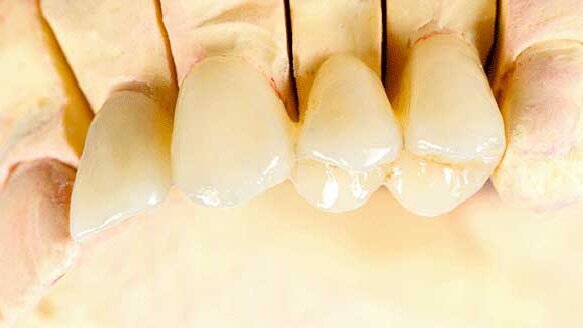



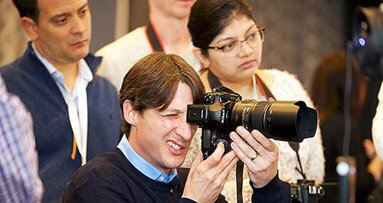
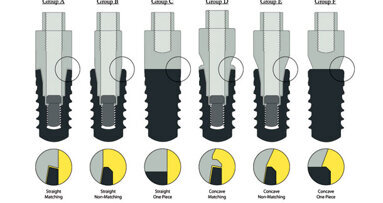
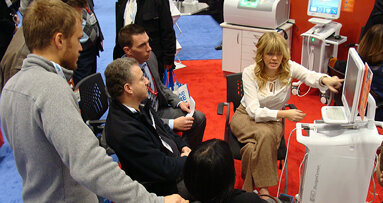


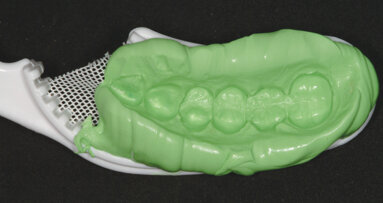
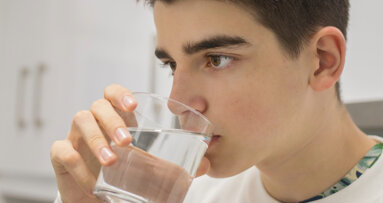

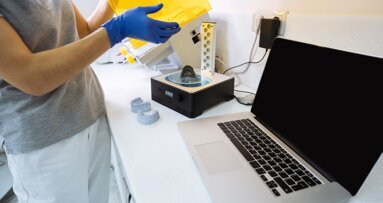
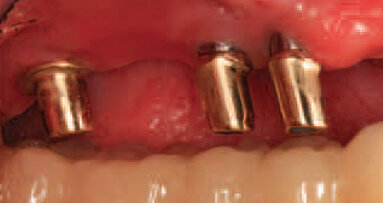

















To post a reply please login or register